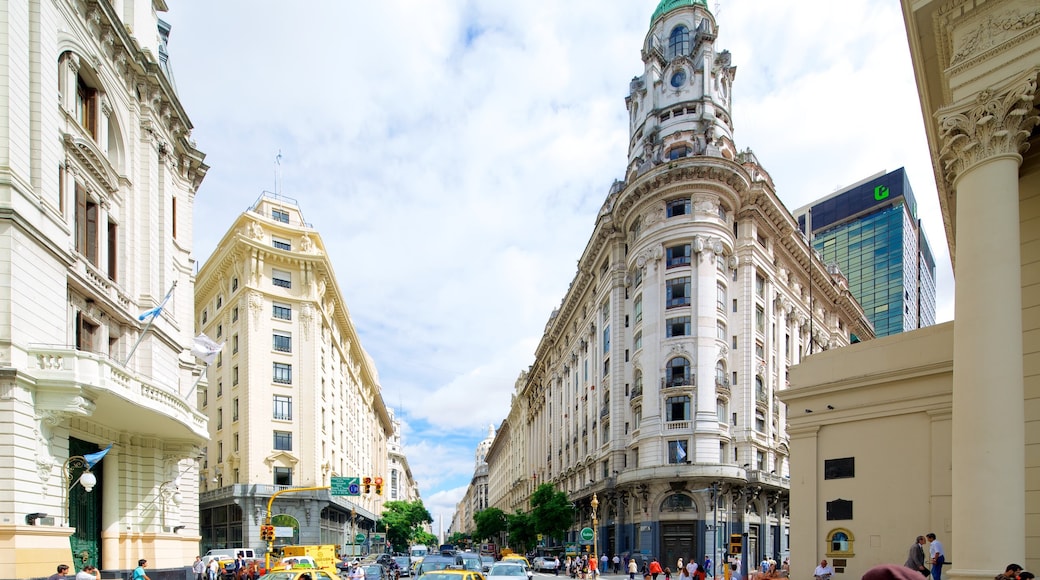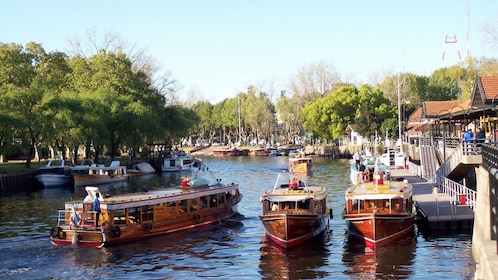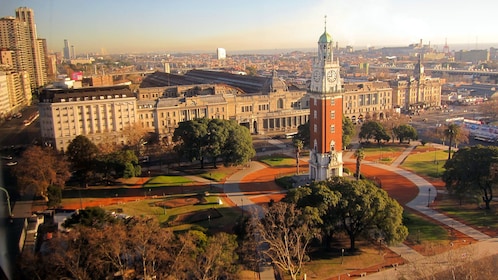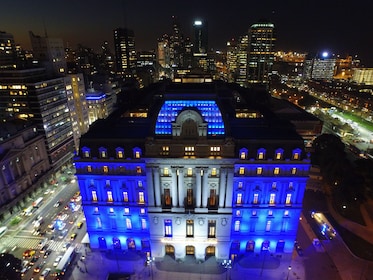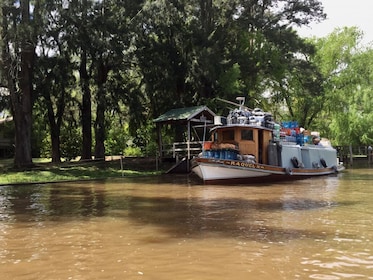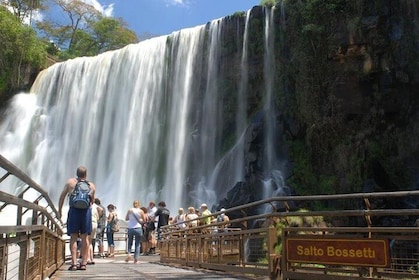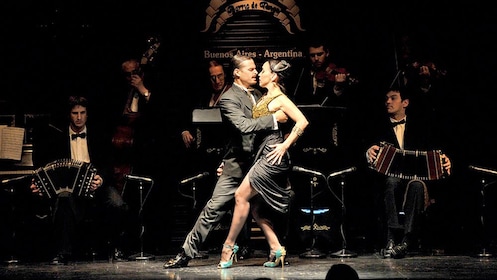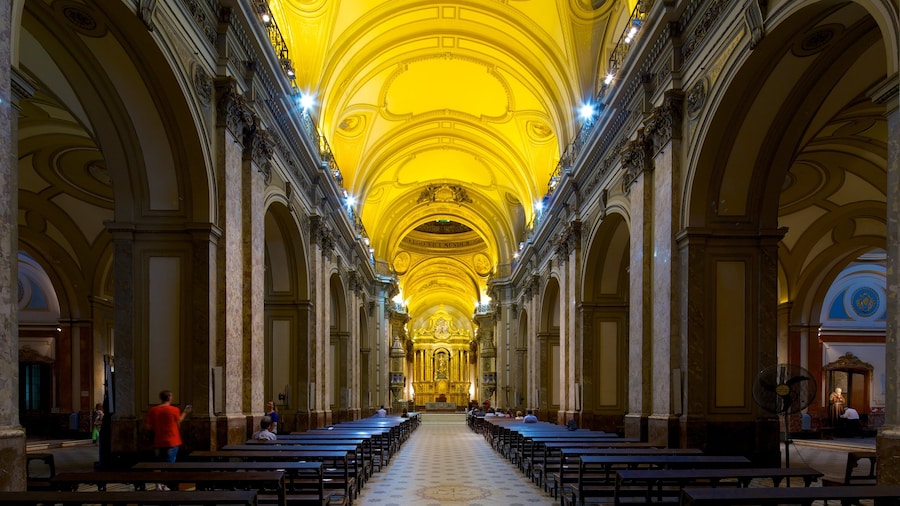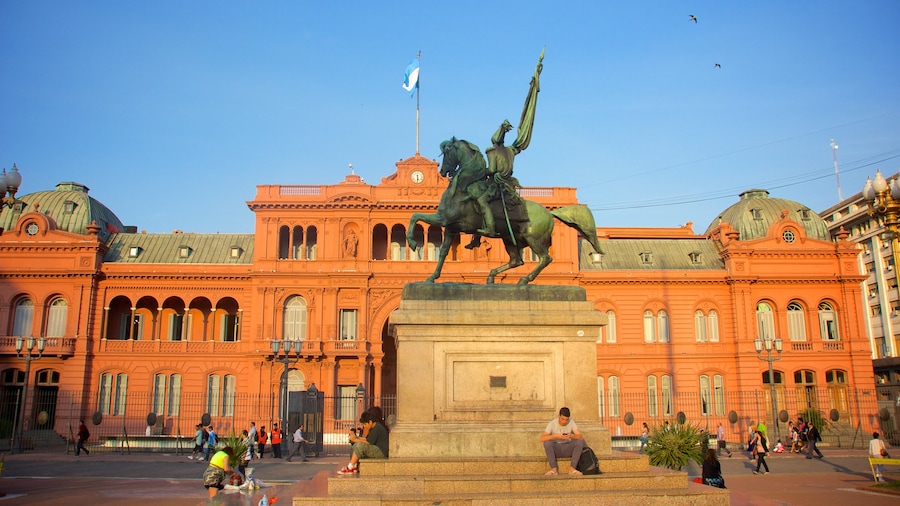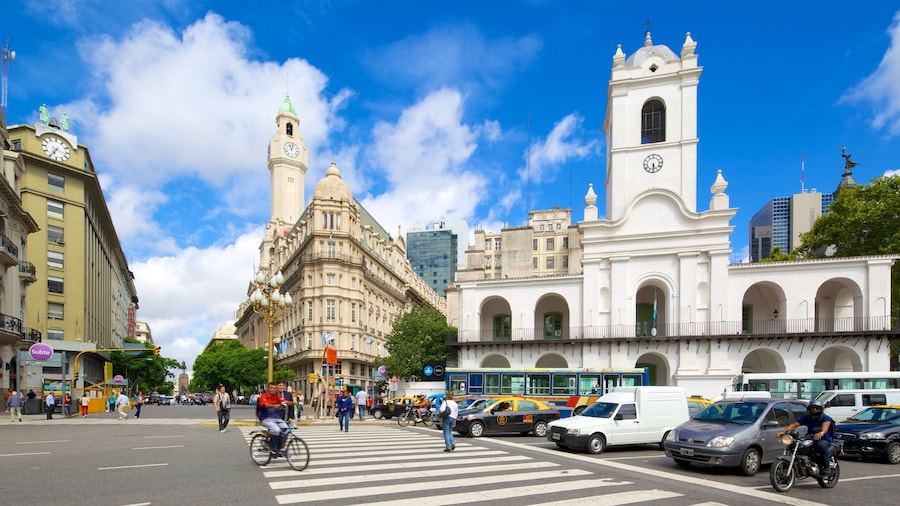Spot historical architecture, witness celebrations and demonstrations, watch interesting people and enjoy free music events at Buenos Aires’ most important square.
Surrounded by historical monuments and the site of political demonstrations and national celebrations, Plaza de Mayo reflects the interesting history of Buenos Aires and Argentina. It was mapped out in 1580 by Juan de Garay during the foundation of the city. Today the square is widely considered to be the most important in Argentina.
Plaza de Mayo takes its name from the 1810 May Revolution, which saw Buenos Aires declare itself independent from Spain, thus instigating the Argentine War of Independence. Check out the centerpiece, Pirámide de Mayo, an obelisk erected in 1811 to honor the first anniversary of independence.
Dominating the square’s east side is the pink 19th-century government house, Casa Rosada. Look for arcaded balconies from where political leaders such as Juan and Eva Perón have addressed the nation. Free guided tours of the building are available on weekends and there’s a small museum with displays of political artifacts, open Wednesday through Sunday. Standing in front of the house is an equestrian statue of General Manuel Belgrano, a significant military leader and the creator of the Argentine flag.
Other notable buildings surrounding the square include the Buenos Aires Metropolitan Cathedral and the impressive Banco de la Nación building, constructed by revered local architect Alejandro Bustillo. Visit the whitewashed Cabildo (Old City Hall), which has a small museum and hosts an artisan market on Thursdays and Fridays.
One of the most poignant aspects of the square is a weekly vigil held by the Mothers of Plaza de Mayo. Every Thursday afternoon since 1977, women wearing white headscarves have come to demonstrate against the disappearance of their children during Argentina’s dictatorship years.
Free live music events are common at Plaza de Mayo and contribute to the celebration of important dates in Argentine history. Most notable are May Revolution Day on May 25 and Independence Day on July 9. You’ll find plenty of benches to sit on, while pondering past events and watching modern city life pass by.
Situated in the Montserrat neighborhood, Plaza de Mayo is a short walk from Buenos Aires’ city center. The square is easily accessible by public buses and the metro.
